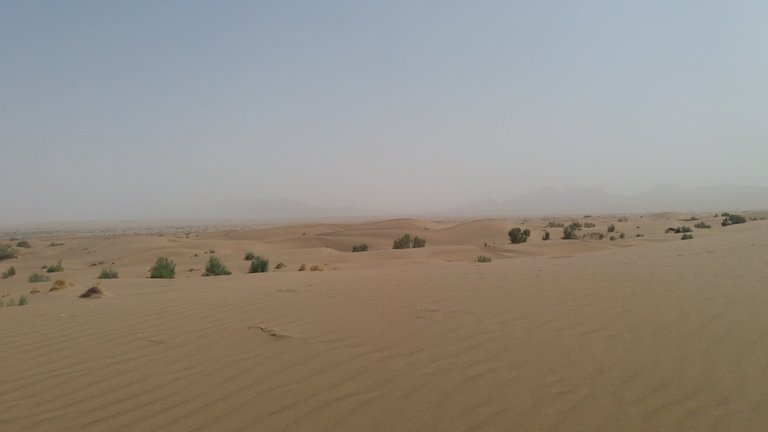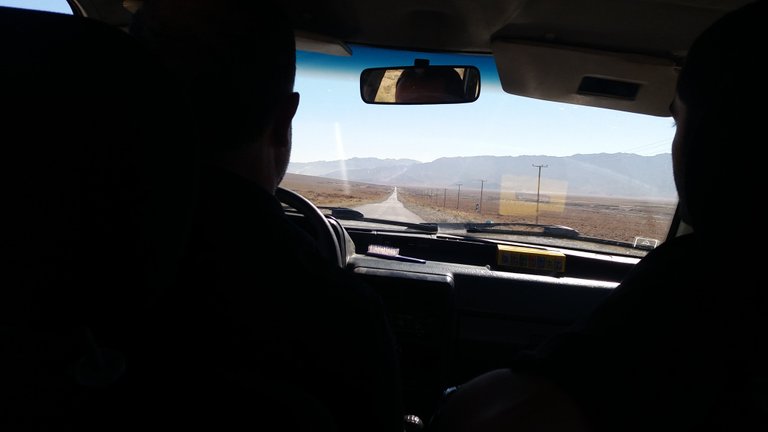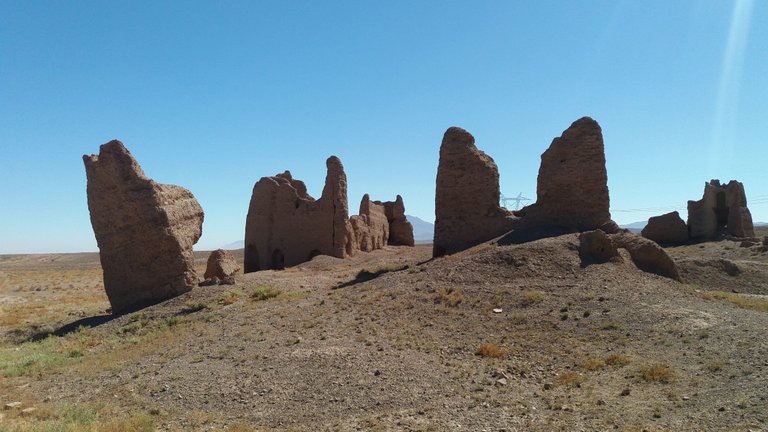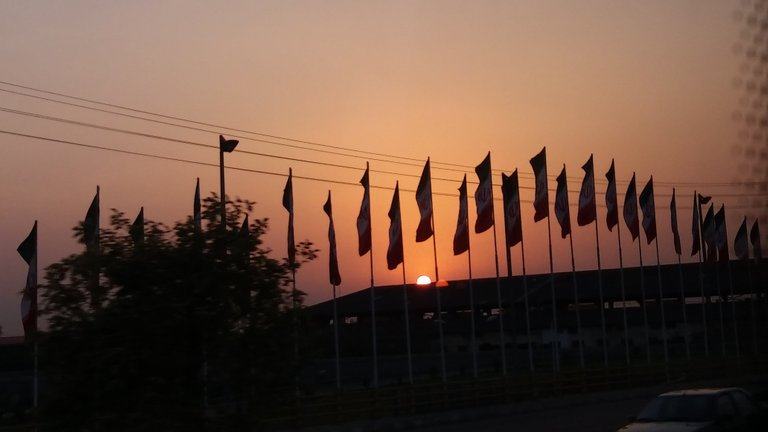I am posting this in the hope of reaching readers especially from the US, so they have a chance to reevaluate their opinions about Iran--the land of many misconceptions and one sided reporting. I have journeyed there last year and want to share my experiences with you in the hope that it will give you a better insight into the daily lives of Iranians and their culture.
Click here to read part 1 and part2 and part 3

the great desert east of Isfahan
I think most people in Europe believe that the people of Iran are very religious. It is after all an Islamic Republic, right? As I found out, this holds true only in large part for the people who had helped bring about the Islamic Republic in the first place (it is worth pointing out that many people emigrated during the revolution who weren’t satisfied with how things were going). Many of the children who were brought up after the revolution seem to have a different understanding of the world. In other words, I had the impression that the younger generation, especially the ones in their 20s and early 30s, weren’t as religious as their parents. Considering that this had been a religious revolution, a development like this seems rather quite strange. It would be more intuitive to think that the younger generation would become even more religious or at least stay as religious as their parents. Obviously I had just received a snap shot of the current situation there and it was colored with my own impressions. But other studies I had read confirmed this picture. Iranians in their 20s and 30s were less religious than people from other Islamic countries. Compared with its surrounding Islamic neighbors Iran seems to have somewhat of a unique status in this regard and it remains intriguing to me how this will develop in the near future. A person I had met argued that this decrease in religiosity was actually a sign that the Islamic revolution had in essence failed in bringing about a new structure in society. He explained that the younger people had not become very religious even in spite of the government’s attempts to emphasize the importance of religion in school and the media. The dissatisfaction of the younger generation with the current political situation and the adaptation of a more secular worldview was proof for him that the current system was in dire need of change as it did not represent the people’s views anymore.

on the road through Iran
In fact, as I have heard from others, many values already seem to be changing quite quickly in Iran. During my stay there was, for example, a religious festival which was called “muharram”. Although everybody seemed to be involved with it in some way (at the height of the festival it was common to get some tea from one of the many stands on the streets or some “nazri” which was some food and was served for everyone), the Iranians in my age weren’t particularly moved by the event. They told me that it had been common for people to mourn the death of Imam Hossein some 20 years ago, but nowadays younger people used this kind of event also for socializing (it was even hinted to me that these gatherings were used to get into touch with the opposite sex, exchanging numbers and making arrangements for dates). Other things that have changed over the last decades includes being able for couples to hold their hands in public without getting into trouble. Nowadays people don’t have to show a marriage license anymore if they are seen together. Although the moral police still enforces the dress code, it has also become easier for women to wear their hijab more loosely or dress somewhat less concealed. It is small changes like these which are hard to see from the outside, but give some young Iranians hope that things are changing. Of course not everyone feels the need for such a change and it remains to be seen if this liberalizing trend keeps unfolding or if the government will to decide to enforce stricter laws again. But in my opinion Iranians are moving towards embracing greater autonomy.

ruins along the silk road
One last point and perhaps the most important one I want to touch upon is the stark contrast between the public image of Iran and Iranians themselves. I guess in a sense it could be argued that there are two sides of Iran. One is the public image which everyone outside of Iran is familiar with. It reflects the attitudes and sentiments of the government, its ideology, rules and norms. People are expected to live by these customs and almost no one breaks any of these rules which permeate the public space so pervasively (I think that even without the presence of the police people would still act like this as it has become a routine way of living). The other side, however, has to be explored by visiting people in their homes or going on a hike in the mountains and talking about their views and beliefs over a hot cup of tea. When I did this I got to appreciate their rich and flourishing culture and was filled with a warm sense of friendship that is so rare to find these days. It is this side which is underreported in western media and it is the reason that makes a visit to Iran so worthwhile. In essence, the real Iran can only be found here with its people.

sunset along the highway
I have to thank all of the people which have so kindly welcomed me to their country and sometimes even treated me as if I had been part of the family. Their sense of openness and appreciation towards other cultures and their acute interest made this trip so unique. I can still feel the warm-heartedness and the sense of joy it gave them to share their food and accommodation with me. And I felt that it was a message of hope and peace that most people wanted to give me along my journey and that I should share this message with all my friends back at home. I truly hope that more people come visit this remarkable, safe and beautiful country and that they especially get to know the people — the real Iran — for themselves.